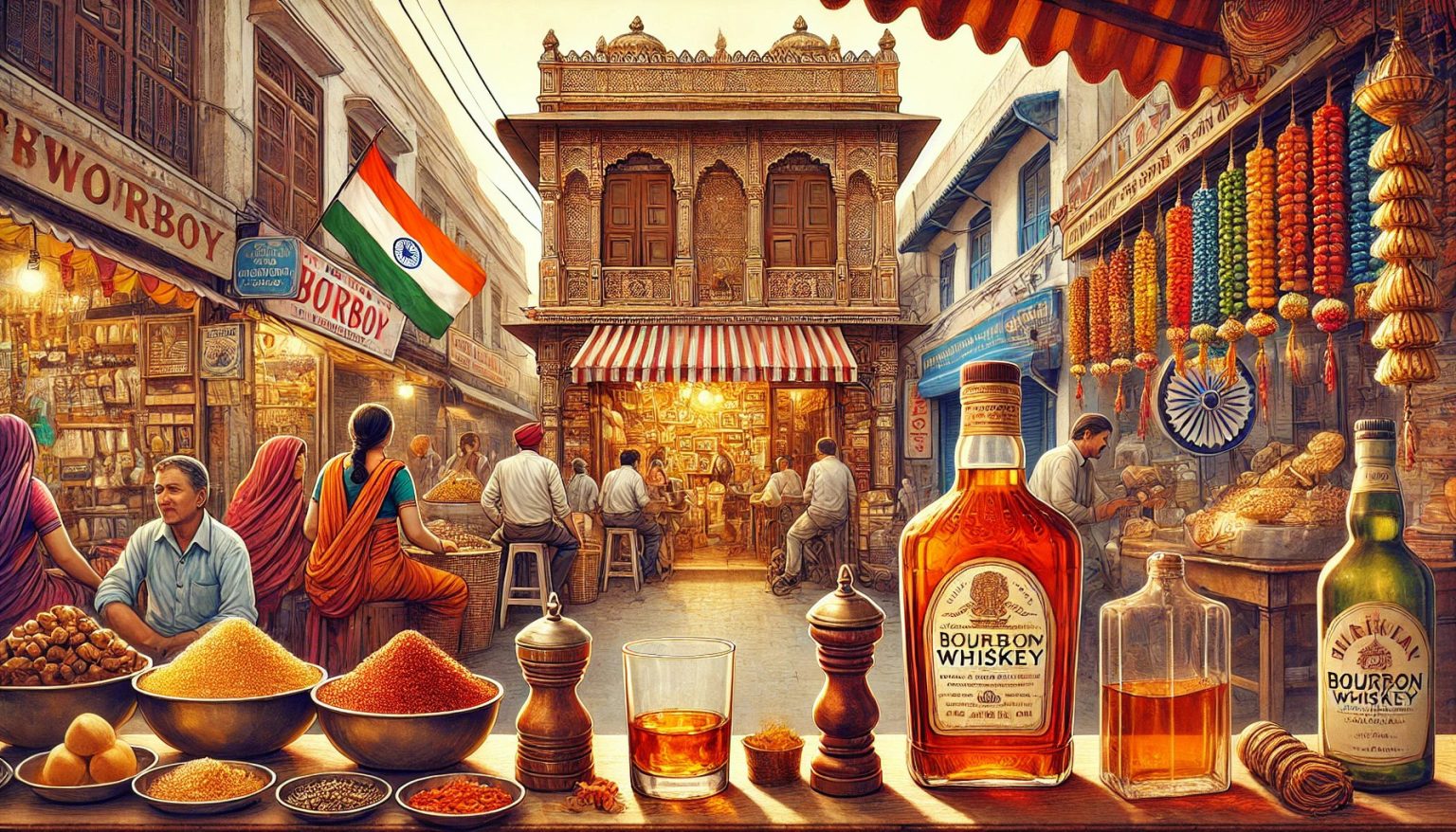India has announced a significant reduction in import tariffs on Bourbon whiskey, lowering the duty from 150% to 100%. This decision marks a pivotal moment for the American whiskey industry, as India is the world’s largest whiskey market by volume. The Distilled Spirits Council of the United States (DISCUS) has welcomed the move, calling it a major breakthrough that will enhance market access for American producers and strengthen U.S. manufacturing jobs.
Current Market Landscape
Despite India’s status as the largest whiskey market, American whiskey exports to the country have remained relatively low due to the high tariff barriers. In 2024, the total value of American whiskey exports to India stood at $8.8 million, placing it as the 23rd largest export destination for U.S. whiskey. Notably, the U.S. exported more whiskey to smaller markets such as Singapore, New Zealand, and the United Arab Emirates.
The recent tariff reduction is expected to significantly improve market conditions for Bourbon and other American whiskeys, allowing them to compete more effectively against Scotch whisky, which currently dominates the premium imported segment in India.
Industry Response and Implications
DISCUS President and CEO Chris Swonger expressed strong support for the agreement, stating, “We applaud President Trump for his leadership in securing this historic reduction of India’s prohibitive tariff on Bourbon. This significant accomplishment opens opportunities for U.S. distillers to increase their exports to the world’s largest whiskey market and bolster American manufacturing jobs. India’s 150% tariff on Bourbon imports has severely restricted access to the Indian market for U.S. spirits exporters for far too long. We thank President Trump and Prime Minister Modi for their collaboration. Let’s make American whiskey great in India.”
Through its partnership with the U.S. Department of Agriculture, DISCUS has been running educational campaigns in India since 2023 to raise awareness about the distinctiveness and versatility of American whiskeys. This tariff reduction is expected to provide additional momentum to these efforts.
Competitive Analysis: Can Bourbon Challenge Scotch in India?
India’s whiskey market is overwhelmingly dominated by Scotch whisky, which enjoys strong brand recognition and a well-established distribution network. The Scotch Whisky Association has previously secured trade agreements that facilitate access to the Indian market, and brands such as Johnnie Walker, Chivas Regal, and Glenfiddich have maintained a strong presence.
While the tariff cut benefits American whiskey, a 100% import duty remains a substantial barrier. Bourbon will still face challenges in pricing, making it more expensive than local and blended Scotch whiskies. However, with greater investment in marketing and distribution, American brands could carve out a larger niche within India’s growing premium spirits segment.
Japanese whiskey, another emerging competitor in India, has gained traction in recent years. With premium offerings from brands like Yamazaki and Hibiki, Japanese whiskey appeals to a sophisticated segment of Indian consumers. The impact of Bourbon’s tariff reduction on Japanese whiskey’s market position remains to be seen.
Additionally, India’s own whiskey industry is formidable, with domestic brands such as Amrut, Paul John, and Rampur producing high-quality single malts that have gained international recognition. These brands are well-positioned to compete with both Scotch and Bourbon within the premium segment.
Market Outlook: What’s Next for Bourbon in India?
The tariff reduction is expected to generate increased interest from American whiskey producers looking to expand their footprint in India. However, several factors will determine the extent of Bourbon’s success in the market:
- Price Sensitivity: Even with a reduced tariff, Bourbon will still be priced at a premium compared to locally produced Indian whiskies. The willingness of Indian consumers to pay for imported American whiskey will be a crucial factor in determining market growth.
- Marketing and Brand Awareness: American whiskey brands will need to invest heavily in consumer education and brand-building efforts to differentiate themselves from Scotch and other competitors. Tasting events, partnerships with premium bars and hotels, and digital marketing campaigns will be key strategies.
- Distribution Expansion: To compete with Scotch, American whiskey brands must strengthen their distribution networks, ensuring availability in major cities and premium retail locations.
- Potential Future Tariff Reductions: While this reduction is a positive step, continued trade negotiations could lead to further tariff cuts in the future, making American whiskey even more competitive.
- Changing Consumer Preferences: India’s younger demographic is increasingly experimenting with new spirits beyond traditional Scotch whisky, creating an opportunity for Bourbon to capture a share of the market.
A New Chapter for Bourbon in India
India’s decision to cut Bourbon import tariffs from 150% to 100% is a welcome development for American distillers, but significant challenges remain. Competing with Scotch whisky and domestic brands will require strategic marketing, pricing adjustments, and strong distribution efforts. While the tariff cut represents progress, the U.S. spirits industry will need to remain engaged in trade discussions to further improve market conditions for American whiskey exports.
In the short term, American distillers may see modest gains, but the long-term potential of Bourbon in India will depend on how effectively brands can navigate the country’s competitive and price-sensitive spirits landscape.

